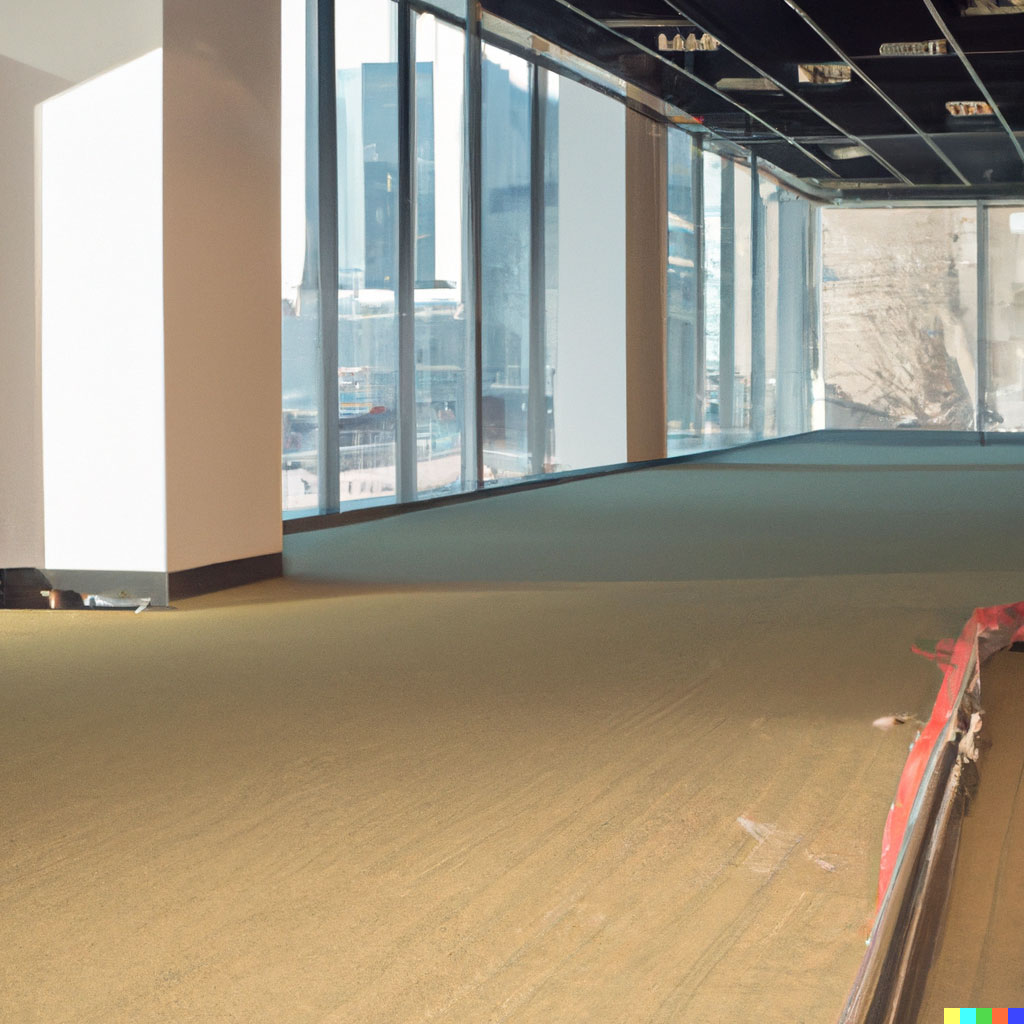
In the bustling city of Melbourne, where commercial buildings and multi-residential complexes stand tall, there’s a hidden factor that greatly affects the comfort and well-being of those within – acoustics. The soundscape of indoor spaces can have a profound impact on people’s health and productivity. In this blog post, we’ll delve into why acoustics matter in commercial carpet selection in Melbourne and how they contribute to creating better indoor environments.
The Importance of Acoustics
Noise pollution is an ever-present environmental concern, and its effects on health and well-being cannot be overstated. The constant hum of machinery, the chatter of coworkers, or the clatter of footsteps can all contribute to noise-induced disturbance and heightened stress levels in workplaces and commercial buildings.
Beyond the immediate discomfort, poor acoustics can lead to reduced concentration, decreased productivity, and even long-term health issues. This is why architectural acoustics and flooring selection play a vital role in ensuring a positive work environment and enhancing the overall functionality of commercial spaces.
Key Tests for Acoustic Flooring
When considering commercial carpet in Melbourne, there are three key tests for acoustic flooring that should not be overlooked:
Impact Sound Insulation: This test measures the acoustic value of flooring and is crucial for achieving the desired outcome. Lower impact sound insulation values are preferable, particularly in multi-residential buildings, where it’s necessary to obtain certificates of occupancy.
Airborne Sound Insulation: Airborne sound insulation takes into account noise from conversations and electronic devices, considering all structural materials. It is particularly relevant for multi-level buildings, where the transmission of sound between floors can be a significant concern.
Sound Absorption: Sound absorption measures the extent to which a flooring product absorbs sound energy. Carpet tends to be more absorbent than laminate or hybrid floors, making it a valuable choice in environments where noise reduction is essential.
Acoustic Requirements in Building Codes
To ensure that acoustics are appropriately addressed, building codes, such as the National Construction Code (NCC), outline specific requirements for different building classes. Compliance with these standards is essential for maintaining a comfortable and healthy indoor environment.
When it comes to refurbishing existing spaces, project managers play a crucial role in overseeing the process. To maintain or improve acoustic performance, guidelines provided by the Association of Australian Acoustical Consultants (AAAC) should be followed.
Flooring Options for Acoustic Needs
Fortunately, there are flooring solutions available such as carpet tiles, that cater to diverse acoustic requirements in commercial settings. Companies like Carpet Melbourne Direct offer a range of flooring options specifically designed to address acoustics concerns, ensuring that the indoor environment remains conducive to productivity and well-being.
In Melbourne’s commercial landscape, the importance of acoustics in carpet selection cannot be overstated. As the demands for comfortable, productive, and healthy indoor spaces continue to grow, understanding and prioritising acoustics in commercial carpet selection is essential. By choosing the right flooring materials and meeting the necessary acoustic standards, we can create environments that enhance both work and well-being. So, when it comes to commercial carpet in Melbourne, remember that it’s not just about aesthetics but also about ensuring a quieter, more comfortable, and healthier space for all.
